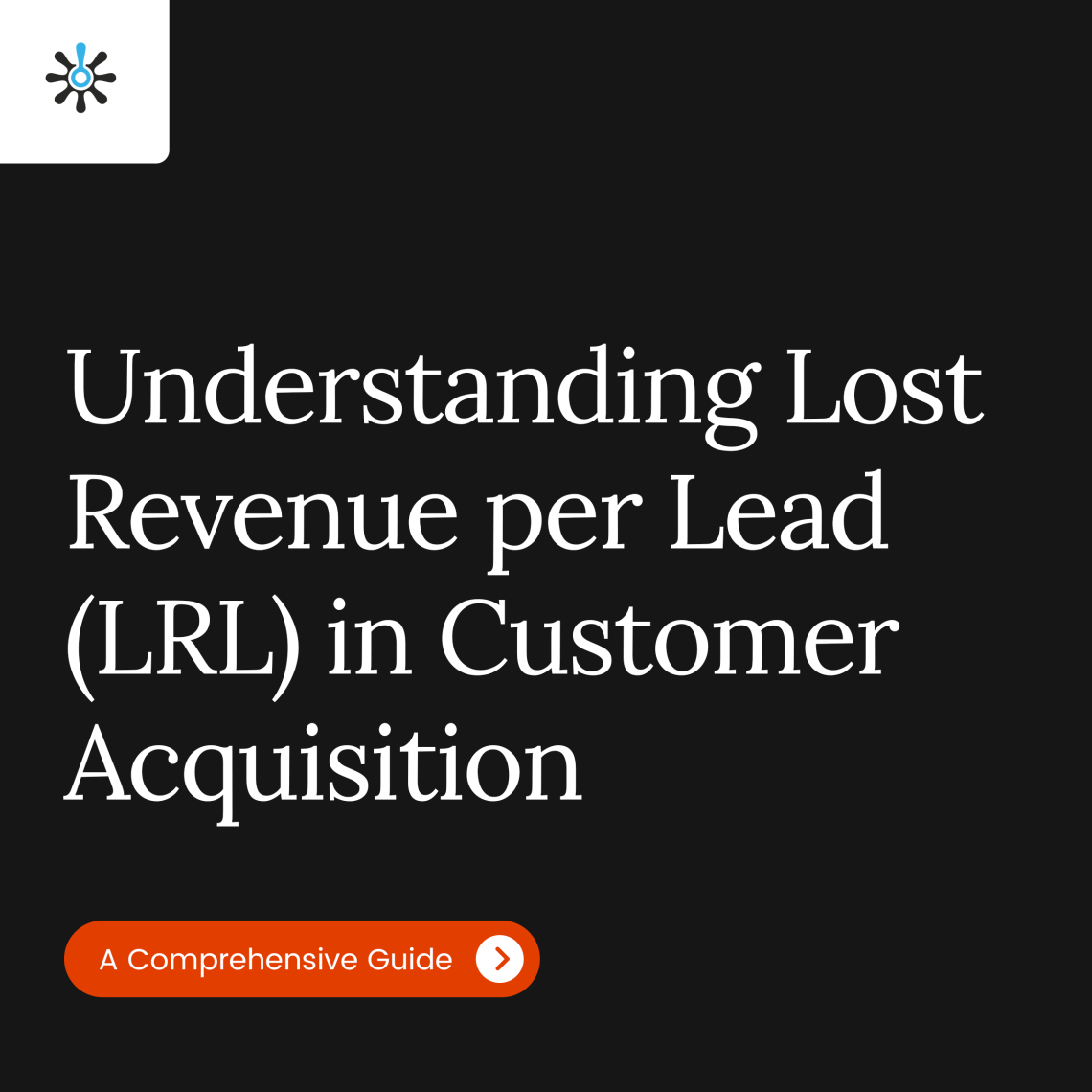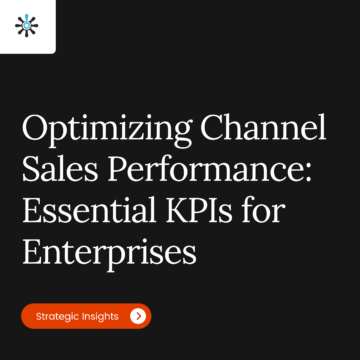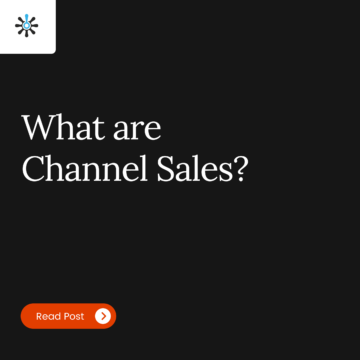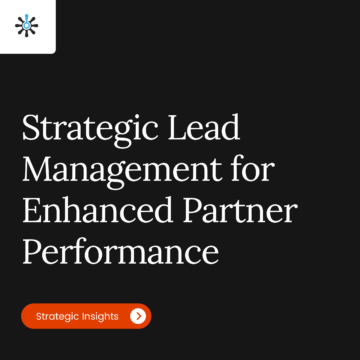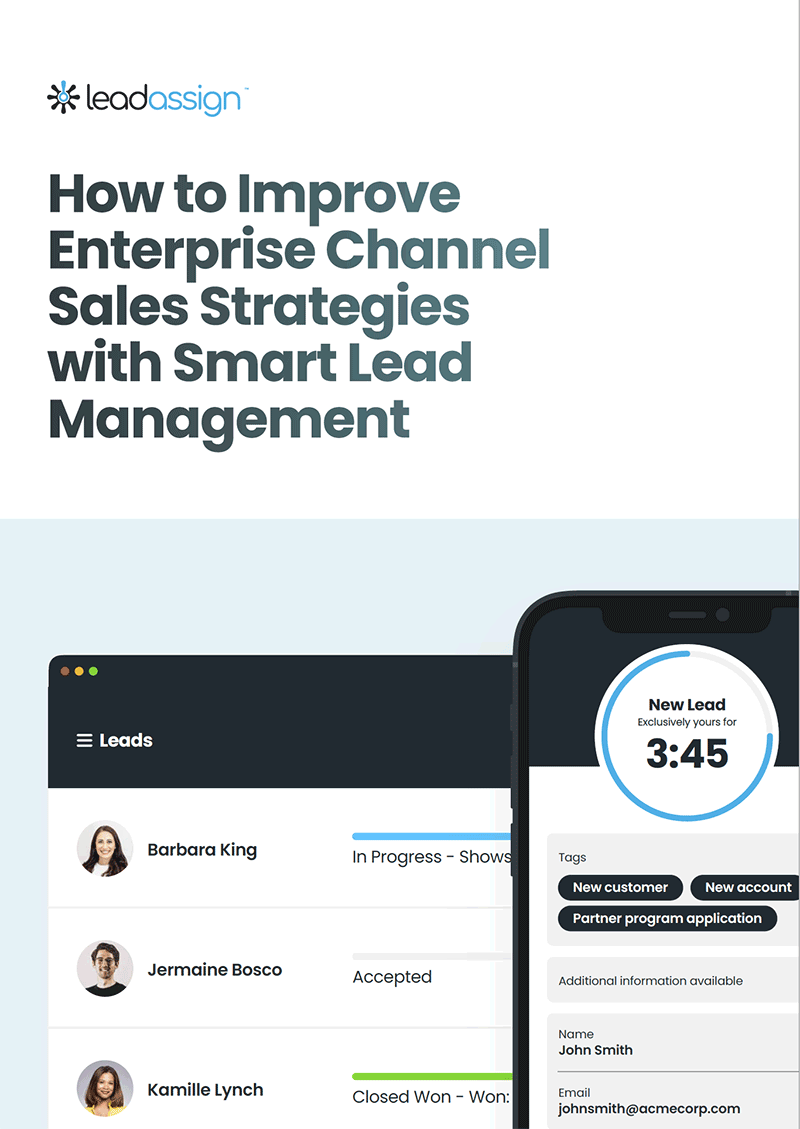In the realm of customer acquisition programs, the perpetual challenge remains twofold: minimizing the cost of customer acquisition while maximizing sales close rates. The ideal pursuit is not merely acquiring customers but securing the valuable ones, steering clear of the unprofitable. If this resonates with your professional reality, rest assured, we comprehend the complexity of your challenge.
In the intricacies of reporting customer acquisition results, a prevalent obstacle emerges—explaining the nuances to stakeholders who may not fully grasp the dynamics. While every customer acquisition expert comprehends the funnel’s top, middle, and the ultimate closure, the true lifeblood of an organization lies in the lead workflow. Leads, entering at the top of the funnel, ideally progress swiftly to the bottom, culminating as closed customers. Yet, quantifying and ensuring prompt action on leads present formidable challenges.
A staggering statistic reported by Lean Data underscores the severity of the issue: a whopping 73% of digital leads remain unattended by sales agents. Picture being in a boardroom, articulating that, despite robust lead generation efforts, the sales team neglects to act on a significant majority of these leads.
Defining a Lead and Unveiling the Challenge
A lead, in essence, is a business or consumer willingly sharing their contact information through forms or interactive ads. However, the journey from lead origination to actionable response encounters hurdles, primarily centered around the human ‘lead router.’ This crucial role is fraught with challenges—leads get missed, routed incorrectly, or, in many instances, remain unattended.
Lean Data emphasizes the pivotal role of timely action, asserting that if a lead is acted on within five minutes, the likelihood of it progressing through the funnel to become a closed customer increases by a staggering 900%. Unfortunately, relying solely on manual lead routing can stretch the limits of efficiency, prompting the need for automated solutions.
The Significance of Lead Tracking
Why the focus on understanding the top of the funnel first? The answer lies in the foundational principle that without comprehending, tracking, and promptly acting on leads at their origin, the rest of the funnel loses significance. In simpler terms, by managing the top of the lead funnel effectively, businesses can reduce the cost per customer (CPC) and exponentially enhance close rates.
Lead Assign: Bridging the Gap
Enter Lead Assign, the solution embraced by industry leaders to address the pressing challenge of ensuring timely and effective action on digital leads by sales and partner teams. When a potential customer engages by filling out a form on a website or responding to an ad, the critical first step in the customer journey is ensuring swift contact by a qualified salesperson.
Lead Assign’s automated lead management for sales reps and partners becomes pivotal in this scenario. Designed to elevate brand visibility through effective responses to potential clients, this AI-based lead management platform seamlessly integrates with multiple CRMs. Its real-time lead management, equipped with AI-based lead scoring and routing, ensures the swift distribution of leads to the most qualified channel partners, eliminating the waiting period and enhancing the overall customer journey.
Consider the crucial metric of LRL in customer acquisition. Then, the question now becomes: How much revenue is your team potentially missing out on per lead? Lead Assign empowers organizations to answer this question and, more importantly, take decisive actions to minimize lost revenue per lead. We can help by offering strategic approaches to turn challenges into opportunities in the realm of customer acquisition.



